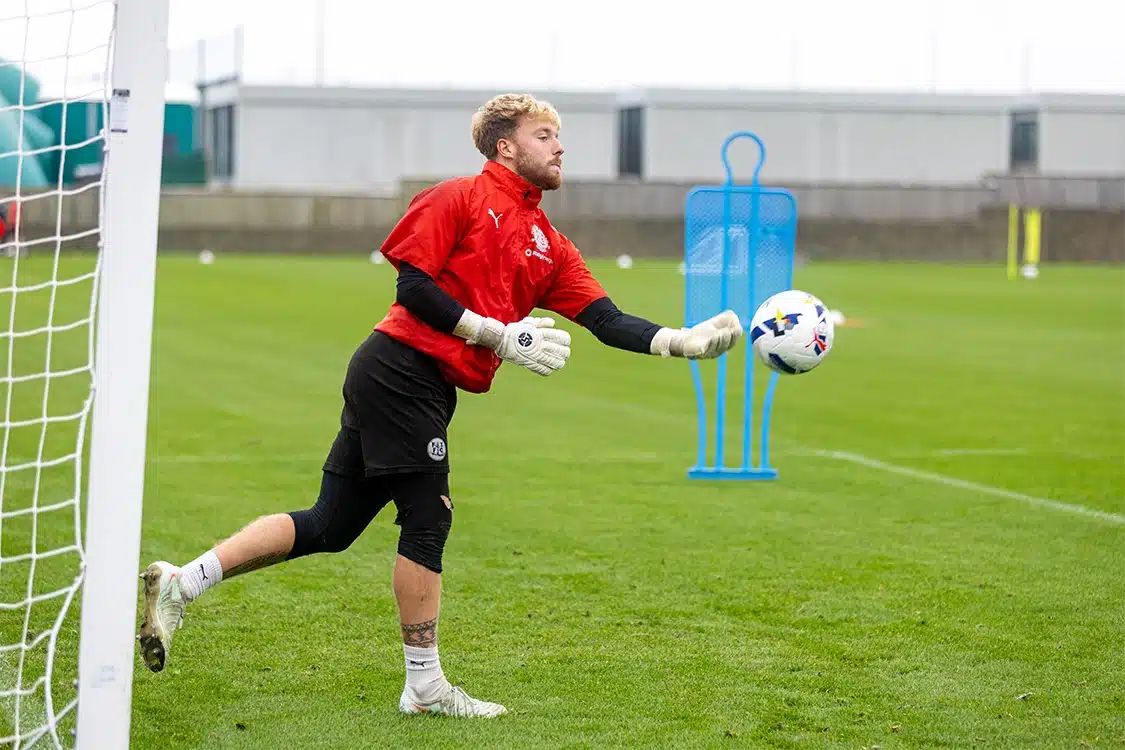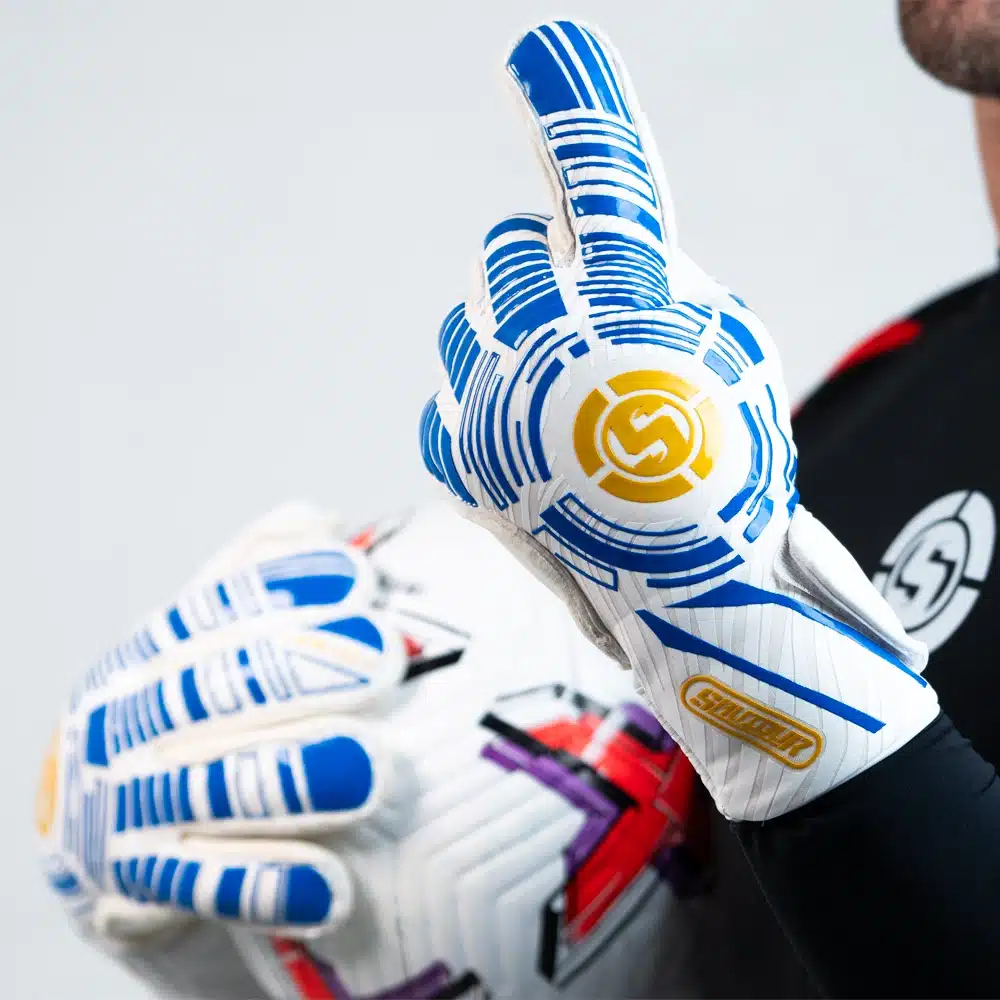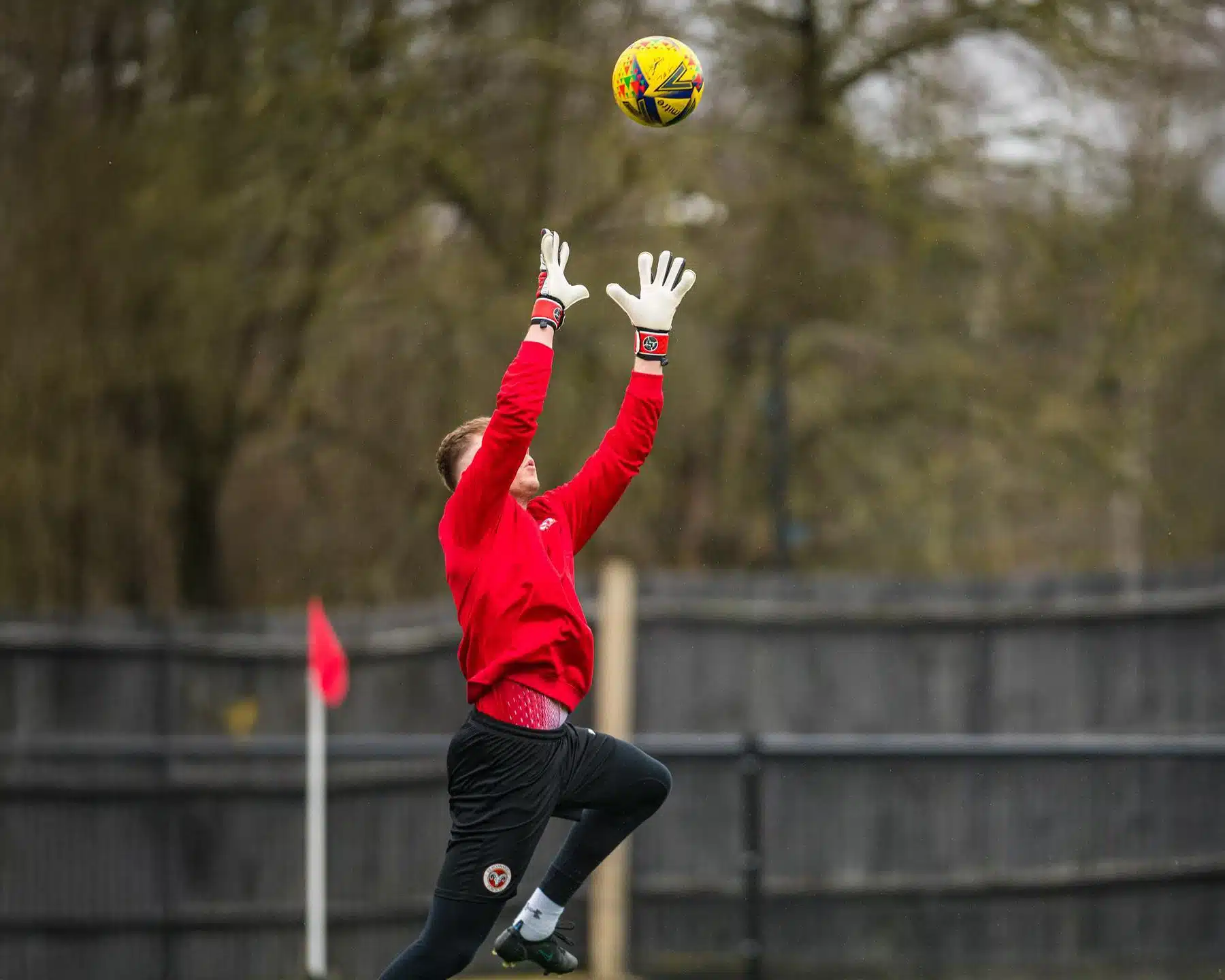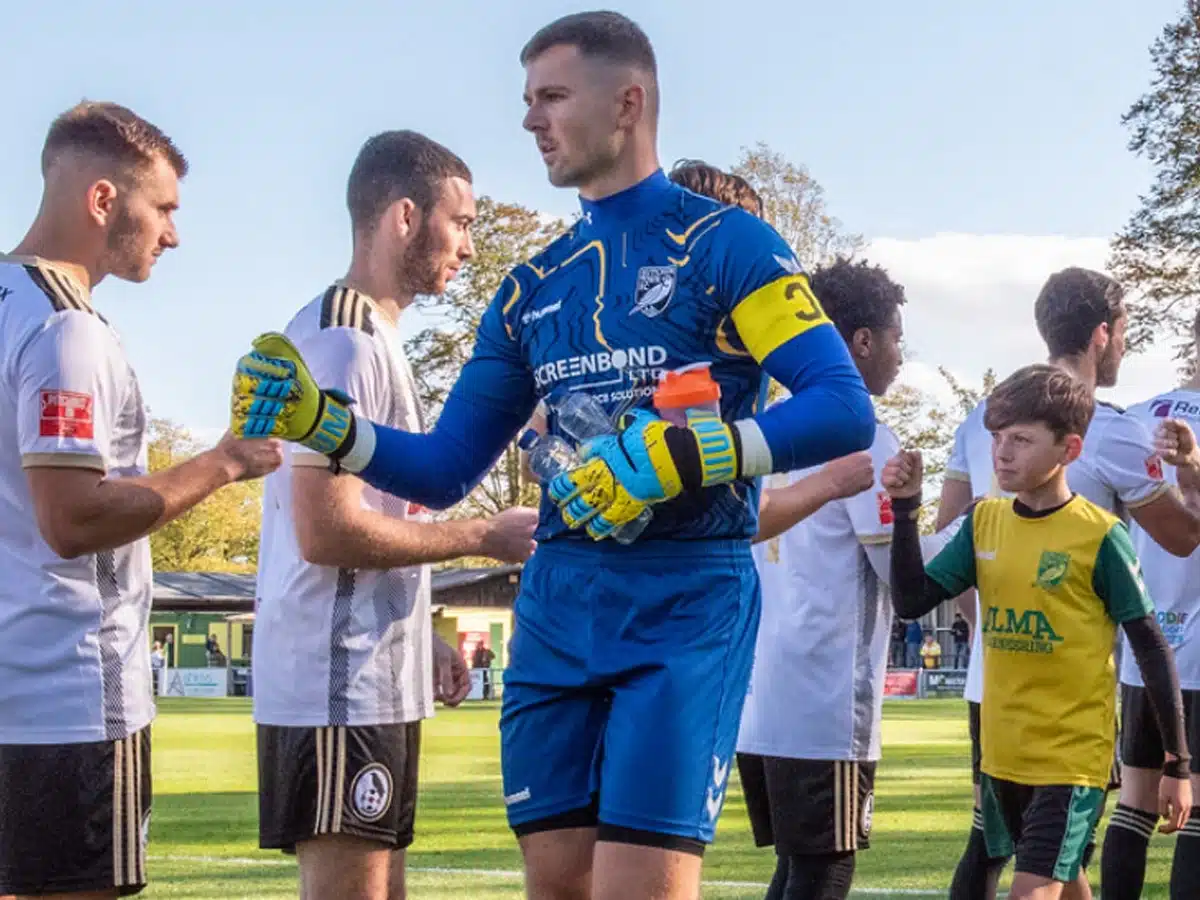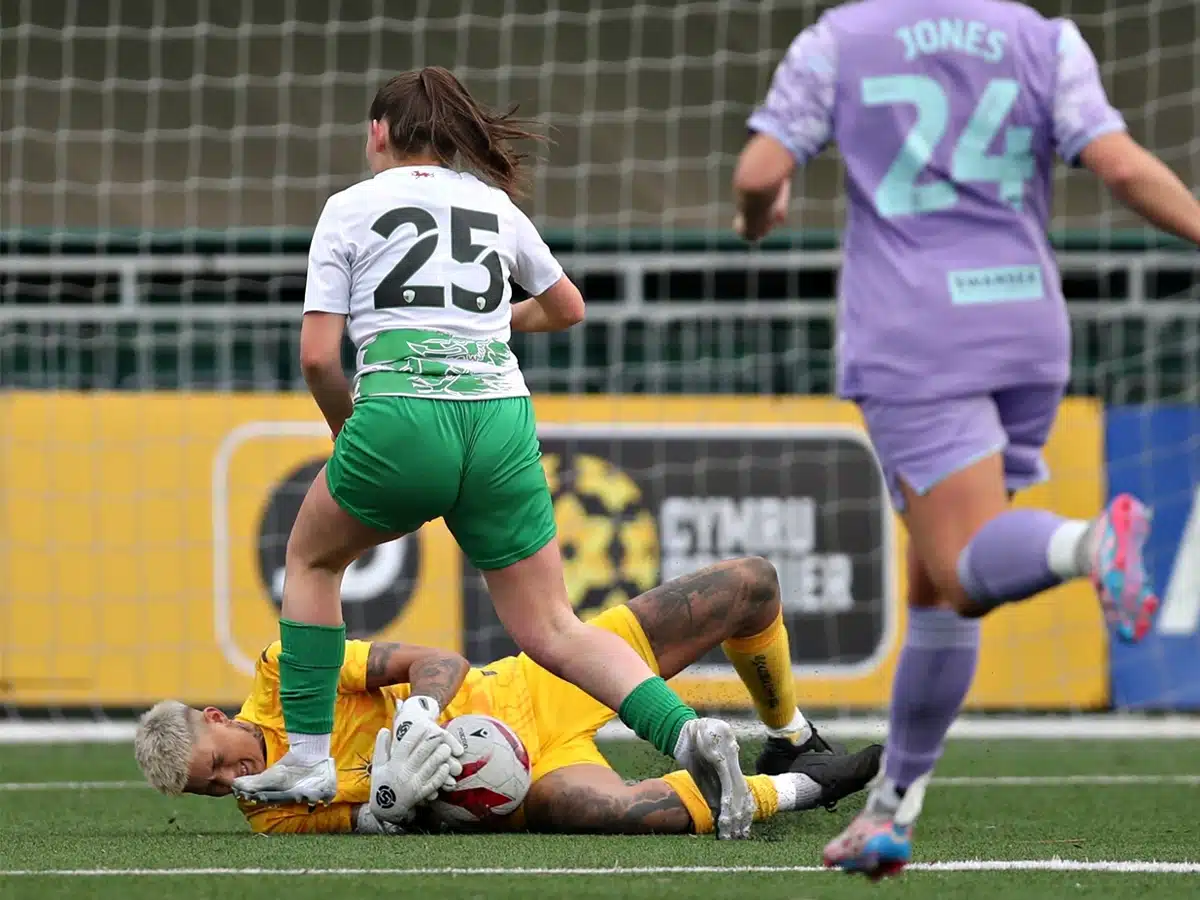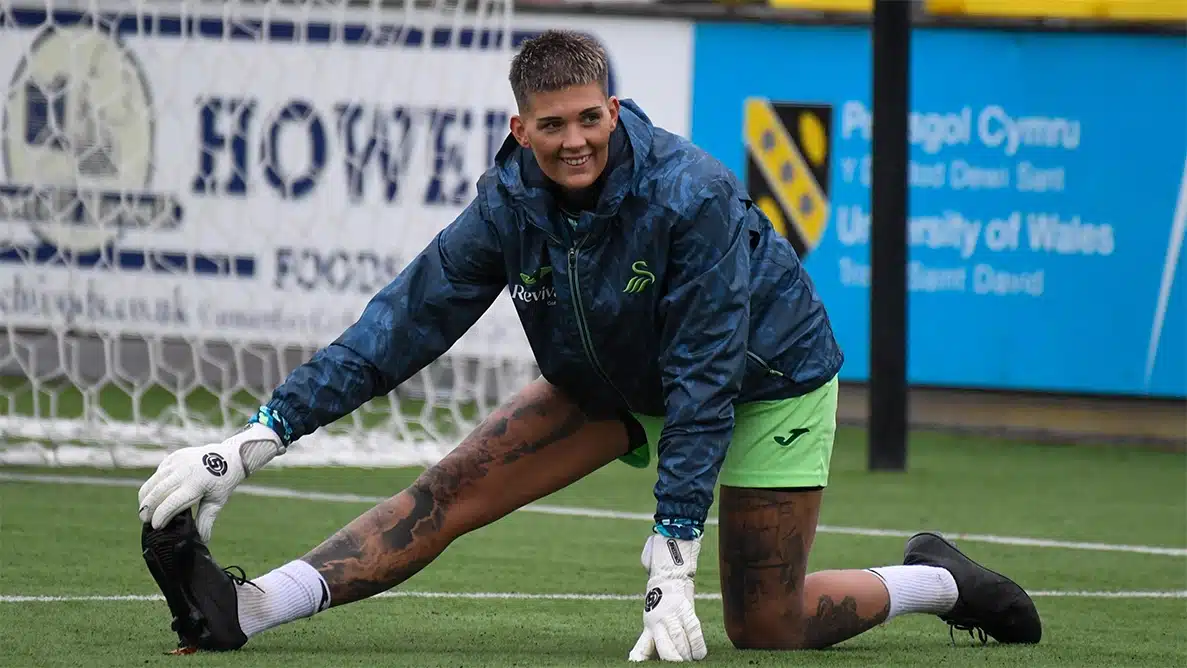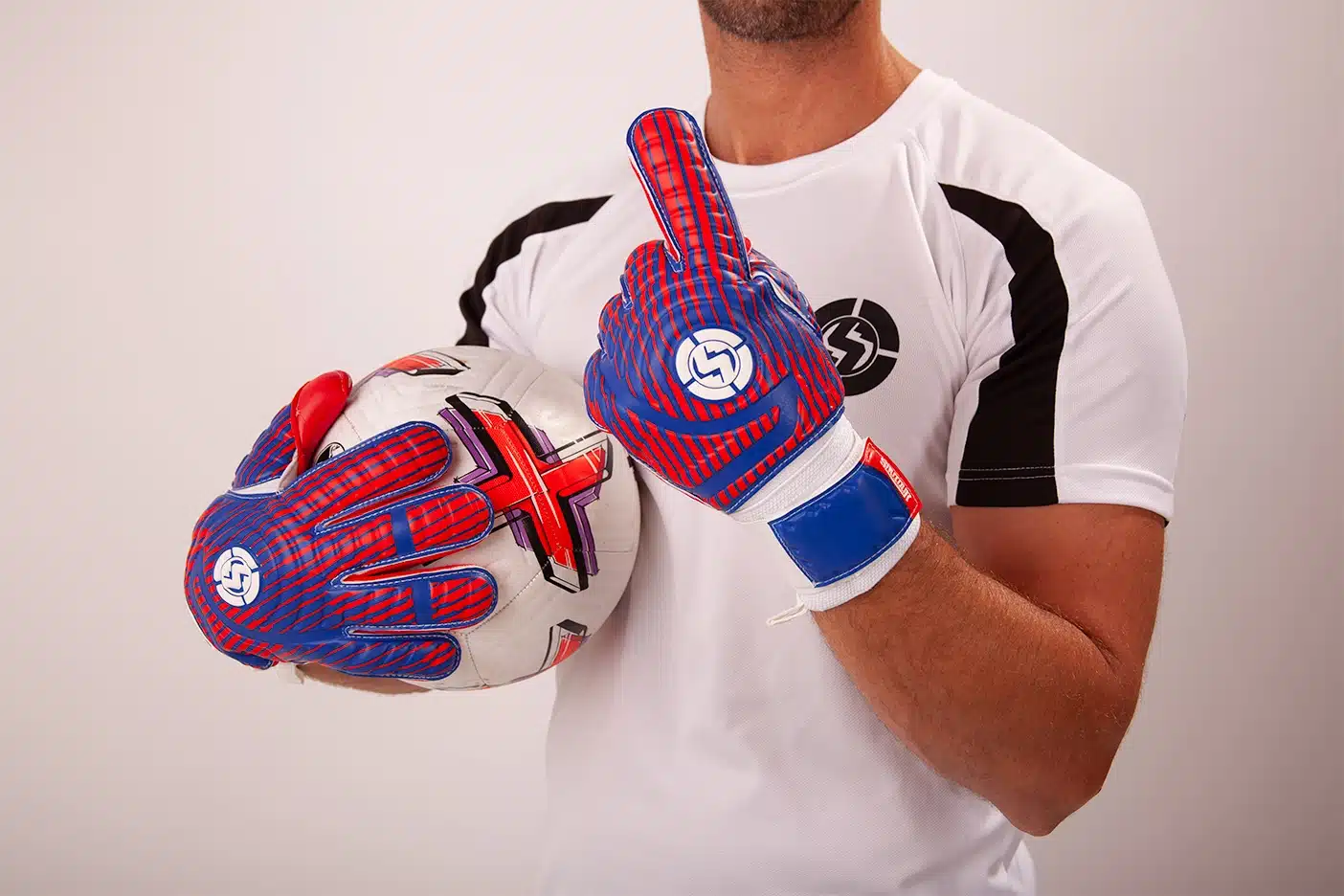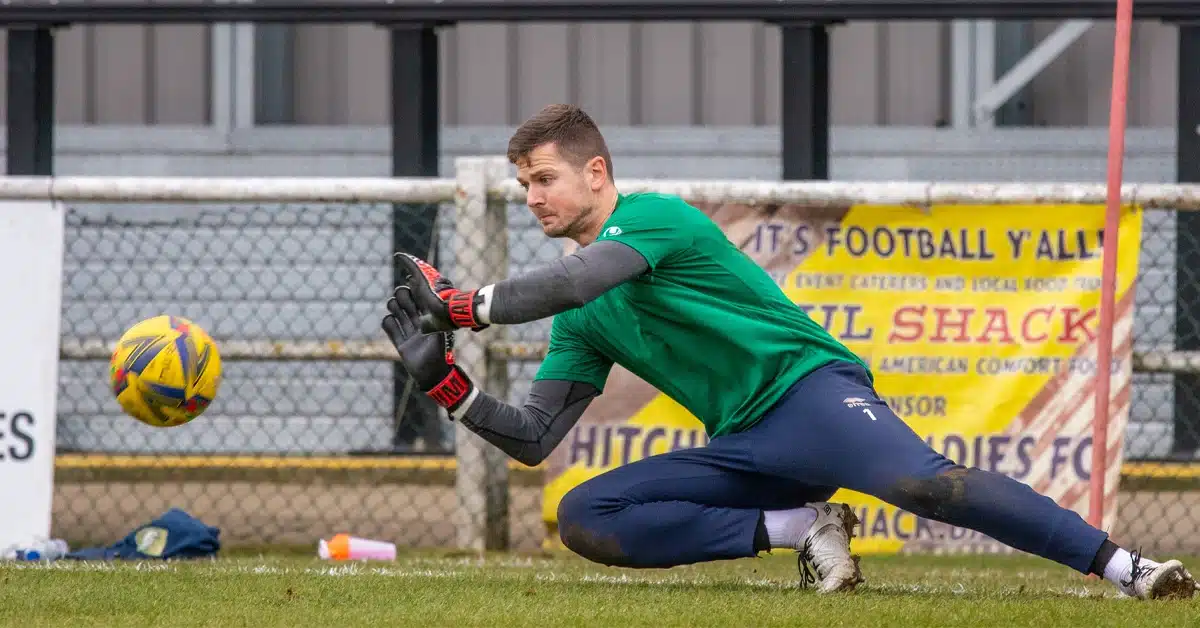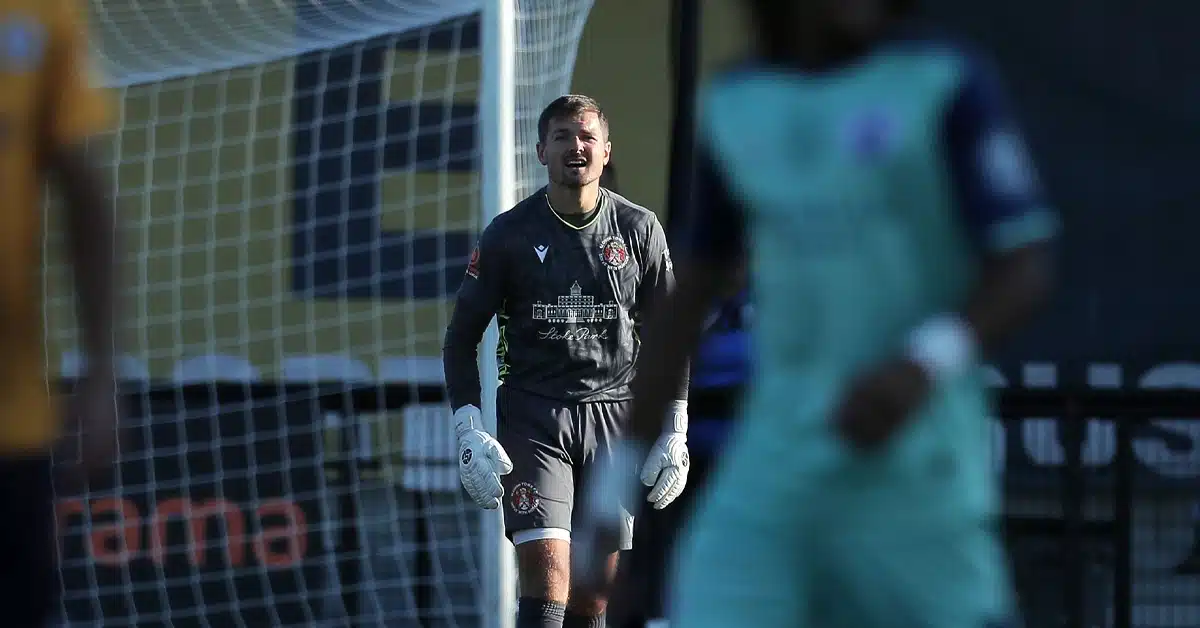The Role of the goalkeeper
Over the past 50 years, everything about the position of a goalkeeper has changed. In fact, it could be argued that the only aspect of their game that hasn’t changed is that they have to stop the ball going into the net.
why has the position of goalkeeper changed so much?
Firstly, the ball itself has changed. The modern-day football is considerably lighter than the footballs used in the ’90s. In 2010 the ball was changed to around 13-15oz. As a result, the ball moves faster in the air and also moves later after the initial shot. This is why you often see the ball change direction after it has been kicked.
Consequently, the goalkeeping style of a modern keeper has also had to adapt. Keepers are now expected to react faster and deal with constant changes in direction. If they fail to do so, they could be made to look a fool in front of the crowd, diving in one direction while the ball flies towards the other. To effectively adapt to these changes, strong goalkeeper gloves have become more important than ever. The ability to get a small touch on the ball and parry it away from the goal has become crucial.
The change of speed in the ball being kicked has also had an impact on the number of times a keeper will parry a ball rather than catch it. In the past, goalkeepers were trained to catch every ball possible. However, due to the speed change in the game, parrying has become an important skill each keeper must have. They must not only parry the ball, but do so into safe areas of the pitch- or in other words, areas where strikers won’t be able to tap in a rebound. To do this, keeper reaction times must be faster than ever before.
Another significant change to the goalkeeper position occurred in 1992, in which the no back pass rule was introduced to the game. Although this was introduced to reduce time wasting, it also forced the modern goalkeeper to become more skilled with their feet as well as their hands. In many modern football matches, the goalkeeper will have the ball at their feet more than they do in their hands. As a result, a goalkeeper has to spend a significant amount of time ensuring they feel fully comfortable with the ball at their feet. Failure to control the ball with their feet can result in serious consequences, as many of us have seen in the modern game.
With the modern game of football being significantly faster than what it once was, the best goalkeeper gloves are those with extra protection that allow keepers to quickly respond to changes in play whilst making those last-minute fingertip saves. However, no change is permanent. As the game continues to evolve, the position of the keeper must continue to adapt. With VAR now introduced into many of the top leagues, it’s only a matter of time until we begin to see further changes to the keeper position.


